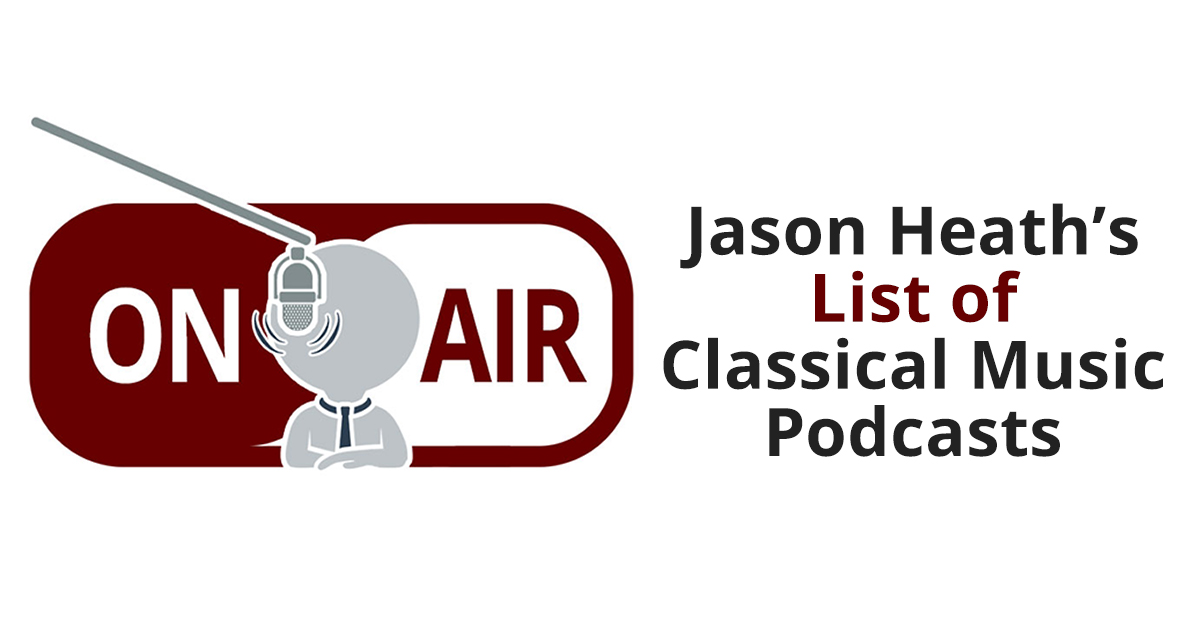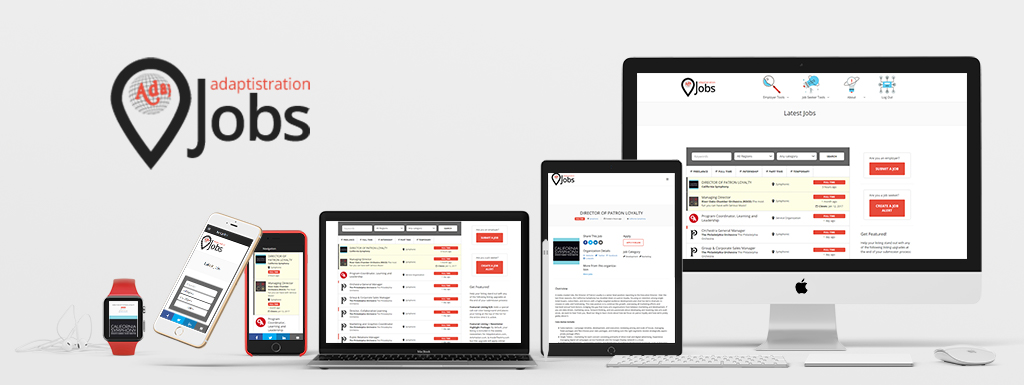Yesterday, I found myself telling a student who had just played beautifully an excerpt from Mozart 41, “Well, it sounds great but you probably shouldn’t use that unconventional bowing and fingering for an audition.” It made me reflect on how the training to become an orchestral player involves such an intense effort to make every last detail the same as everyone else, but better.
 So why should we be surprised when this same obsessive tendency manifests in our business dealings as union musicians and managers? I think we see it in the need to create models, new or old, for orchestras. Those models, like my criticism of my student’s fingering, often serve to stifle creativity and innovation – regardless of the potential quality of the result.
So why should we be surprised when this same obsessive tendency manifests in our business dealings as union musicians and managers? I think we see it in the need to create models, new or old, for orchestras. Those models, like my criticism of my student’s fingering, often serve to stifle creativity and innovation – regardless of the potential quality of the result.
How do “models” stifle innovation? They do it by taking perfectly fine ideas for some orchestras and creating an expectation that those ideas must be applied to all orchestras – or at least those orchestras which wish to be considered “serious.”
This is reinforced by the training of orchestra managers – many, if not most of whom received their formation from the League of American Orchestras programs. What is intended to be sharing of best practices becomes stifling conformity – especially when faced with the financial and time pressures most managers experience.
Musicians negotiate their contracts with a close eye on what other orchestras are doing. Goals for compensation and work rules are set with the intention of sharing in the successes of the next rung up the orchestra ladder, but they end up throttling innovation.
Both managers and musicians keep track of their peers with massive spreadsheets listing every possible detail of operations, contracts and work rules. The orchestra business is to groupthink what damp basements are to black mold.
So many of us have concluded that we need to adapt, to change the way we do some things. (In reality, orchestras have always been adapting, but it always seems to come as a shock.) So what do we do? Respond incrementally as we reinvigorate our relationships with our own communities and audiences? Of course not! We need a New Model.
Wow, a New Model! Are you worried about how to develop a new model? It’s hard work to create something new and most new ideas are actually failures – a necessary but unpleasant part of the process. No problem – the new model is actually the Memphis Symphony. Seriously.No need for messy experimentation. (Everyone knows I’m being sarcastic, right?)
Something about new models inspires executive directors to want to take a scythe to existing practices – tear up the collective bargaining agreements, a wholesale redefinition of the orchestra, reinventing the role of the musician. Whether it’s New England Conservatory President and former Minnesota Orchestra executive director Tony Woodcock, former LA Phil executive directorErnest Fleischmann (an old new model from the late ‘80’s) or former Saint Paul executive director Bruce Coppock, a major rupture, rather than gradual evolution seems to be the order of the day.
Musicians respond by springing to the barricades.We start looking for connections and conspiracies as you can see in some of the comments on this blog.Some feel that we need to prepare to resist the “Memphis model” being imposed. (Memphis musician Michael Barar ably pointed out here that it may notmodel what you think it models.)
Apparently, some think that the report of Mellon Orchestra Forum Elephant Task is supposed to be a new model for orchestras. Full disclosure: I was co-author of that report. Re-read paragraphs 1-2 on page 4 to see why it’s not intended to be a model.
Now, I like a lot of what I hear about the Memphis Symphony’s experimentation. But why burden them with the role of the New Model? Let’s let them be the Memphis Symphony for Memphis and let every other orchestra be the right orchestra for their city.
So, how ’bout let’s not have any more models?
Let’s recognize that each community and each orchestra is different. As is the ‘arts ecology’ of each city. Some orchestras may need to send small groups to small venues throughout the suburbs; maybe no one still lives near the concert hall that was built 90 years ago. Music education needs differ from city to city; maybe some orchestras need to start programs while others can simply collaborate with existing programs. Maybe some orchestras need their musicians’ help to help inspire and cultivate strong board members; actually – that is a universal need among orchestras.
We don’t need every orchestra to have the ‘Memphis model,’any more than we need every orchestra to be just like the Chicago Symphony. We do need every orchestra to know their own community, inspire their audiences and build on that support.
Tomorrow: the path forward.



Beautifully put, Henry.
If your conclusion is that there should be no “new models,” only individual identities, why won’t the locals negotiate media?
The media product is major to the individual identity of an organization.
If your you do believe, “let every other orchestra be the right orchestra for their city,” then you should agree that only the local orchestra will know what is “right… for their city” and identity.
Logical Fallacy aside (if A=B, then B=C) individual orchestra player associations can negotiate media terms directly via their respective Local Internet Oversight Committees (LIOC), provided it is an online distribution. More details here: https://adaptistration.com/?p=687
Provided it is an online distribution – Only. That is very limiting given the world today. Oh and it’s expired, and one of many of the current expired media agreements that are about as arcane as the 8-track.
You will have to tell me why your think the argument is false, before you can claim it to be “a logical fallacy.” Media is not allowed to be negotiated locally. The Media rules are supplied by the National, nationally to local organizations.
If you don’t think Management can apply new models across the board and that organizations should be done what is right for the city, how do you reconcile the application of a national media agenda on orchestras for the city?
It all comes out of the same product – the local orchestra. It is part of that organization. It is the same thing. Your ability to slap the argument as a fallacy is the fallacy, A=B=C.
It is produced organization (c) and promoted by the organization (b) all which stems from the local CBA (a).
I’m not so sure the Internet agreement of 1999 is now invalid, if Robert Levine is reading this, I hope he weighs in with some clarity there. My guess is Robert, or someone like him with first hand knowledge, could also share more information about the variety of options in place right now along with corresponding details. It certainly isn’t everyone for themselves but it isn’t one size fits all either. But to your point about distribution, how can online distribution not be critical in today’s market, even an online only product?
As for the logical fallacy, I am referring to your conclusion that if the author, Henry, concludes A then he must agree with B. That, in and of itself, is fishy but more to the point, that is Henry’s decision to make, not mine and not yours. I would caution against putting words into someone’s mouth because you never know if they might be regurgitated right back into your lap. 🙂
It made sense, back in the days when record companies were actually paying a few orchestras to record, to have a national wage scale for that work. It ensured that the musicians directly benefited from the money being paid to the institution. I do acknowledge that the result of that scale was to keep the recording work limited to a few large orchestras.
Those days (and record companies) are long gone. For media projects that are produced and/or funded by the orchestra itself, I see no reason not to negotiate locally.
At one time, I took the opposite position somewhat vociferously. I think I was slow to see how the media world was changing and I was wrong. Since the “media wars” a decade ago, I haven’t followed closely the terms of the national media agreements, so I’ll just throw in the caveat that I could be wrong again.
I did not say it was invalid. I’m saying it is expired. Organizations that have not signed any new agreement with the AFM, and who were signatories to the current media agreements are still operating under those agreements.
Online distribution is critical, I did not say it was not. But it is only one element of today’s media distribution elements, therefor and are not at the option of the internet LOC.
And you are right it would be up to Henry. But given Henry is from Cleveland I would say he probably has a well intentioned statement, but I would challenge any statement to the contrary on the prima facie logic.
Likewise, I don’t believe expired is accurate either. Again, it would be useful to have someone with first hand, verifiable knowledge to chime in on that point.
Lastly, Henry will speak for Henry and I would caution against assumptions otherwise.
Thanks for another great post. I’m particularly intrigued by the notion that Memphis is not a “model” at all, or rather that what should be imitated is the process not the thing. In fact, I’d doubt any of the ideas being touted as a new model for the orchestra are really models at all, but rather an idea for some incremental strategy that adjusts or adds to the current approach. With only a couple potential and fleeting exceptions, all orchestras today use the non-profit corporate structure developed by Chicago in the 1890s. If Memphis is a “model,” than this is in the sense of a 2011 Ford Explorer versus a 2010, more cosmetic than structural.
The Memphis ‘model’ as it’s discussed (as opposed to what might actually be happening on the ground in Memphis) seems more about control, flexibility, and power. A new model from a business viewpoint would require a structural change to the arrangement of tools that generate revenue, provide access to capital, channels to consumers, etc. Service exchange is an adjustment to how we use and control a tool we already have (educational outreach). The word “model” as used here is merely the hope (or fear) that others will imitate it. Maybe I don’t understand service exchange well enough…
I’m not at all suggesting that changes being considered at the local level are not painful or profound and your main point that any model must work in particular locations, with a particular community is spot on in my experience.
I heard a great talk by Andrew Taylor last month on “The Art of the Business Model” that tackles this issue head on. I recommend the slide podcast at http://www.artsjournal.com/artfulmanager/main/the-art-of-the-business-model.php